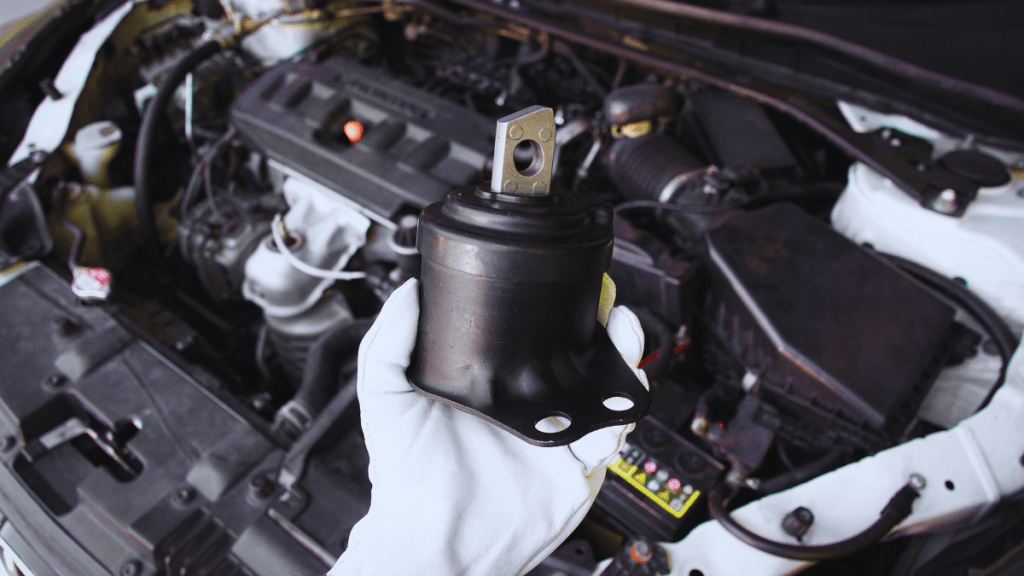Domestic auto component manufacturers are bracing for a setback as the United States has increased import tariffs to 50% on nearly half of India’s $6.6 billion auto parts exports. The remaining exports will continue to attract the existing 25% duty, offering limited relief to the sector.
According to Automotive Component Manufacturers Association (ACMA), exports worth $3.08 billion, accounting for approximately 47% of India’s auto component shipments to the US, will now attract a 50% tariff (25% base duty plus an additional 25%). This increase falls under the Reciprocal Tariff Order EO 14257, issued on April 2, 2025, and subsequently amended for India on August 6, 2025.
The remaining $3.58 billion worth of exports will continue to attract a 25% tariff. This includes parts and components for cars and small trucks, as specified under US Proclamation 10908, issued on March 26, 2025.
Cost competitiveness and supply chains at risk
The increased tariff burden is expected to hurt cost competitiveness, disrupt long-standing supply chains thus hurting domestic auto component manufacturers. Following the August 6 announcement, the industry body had acknowledged the potential short-term disruption from the new tariff regime, while stressing the need to enhance domestic competitiveness and diversify export markets.
The tariff creates a price disadvantage of up to 35% compared to suppliers from countries like Vietnam and Bangladesh. Currently, the US accounts for 27% of India’s total auto component exports.
Many of them generate over a third of their global revenues from the US and are far more exposed. Sona BLW Precision Forgings and Bharat Forge, for example, earn 43% and 38% of their revenues, respectively, from the US market.
Companies with overseas plants may soften the blow
Motherson Sumi, for instance, runs over 425 facilities across 44 countries, including a robust North American network. Bharat Forge operates an aluminum forging plant in Sanford, North Carolina, while Sona Comstar has a facility in Mexico that supports its electric vehicle components business.
Rane Group also maintains a manufacturing plant in Kentucky, and Uno Minda operates facilities in both Mexico and Europe. These international footprints could help reduce their reliance on exports from India to meet US demand.
However, sector executives noted that Indian auto component makers with manufacturing facilities in North America may be able to cushion some of the impact. Still, they are likely to face significant challenges, as their US plants may not be equipped to produce the full range of products currently supplied to American OEMs.
“Even with North American operations, domestic players will feel the impact, as it’s not feasible to manufacture everything there. A majority of current exports are of products made in India, and setting up manufacturing solely for the US market would be both capital-intensive and a long-term undertaking,” an auto parts manufacturer said.

